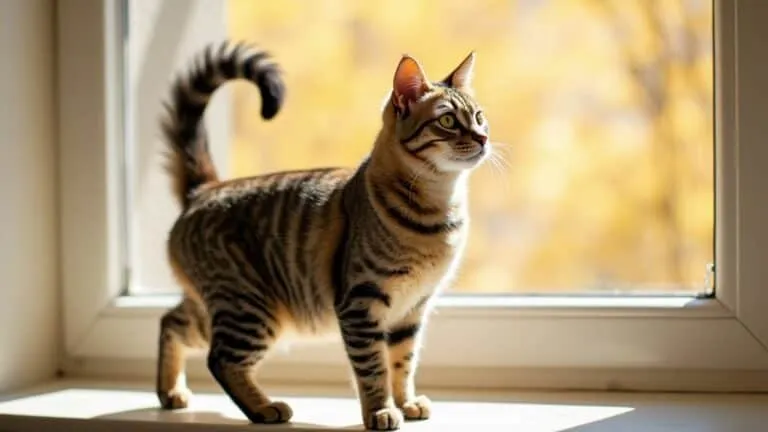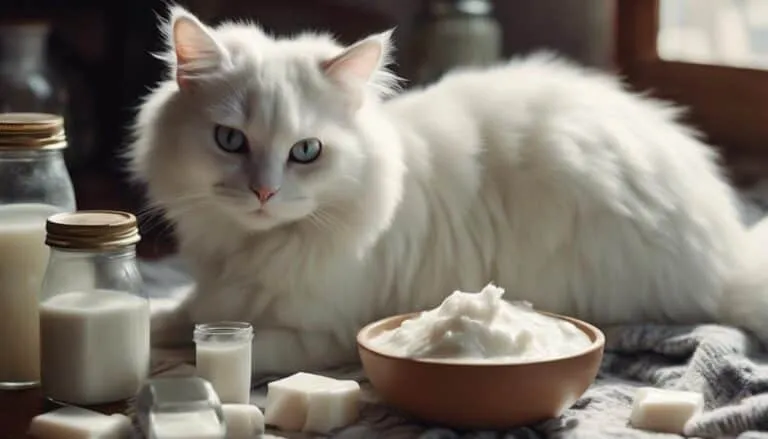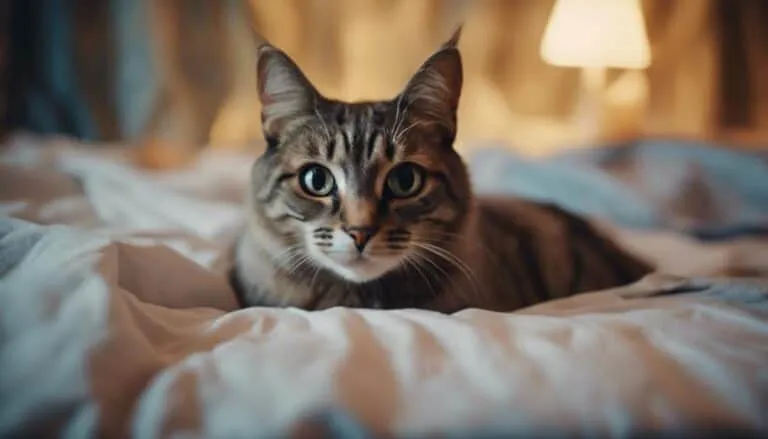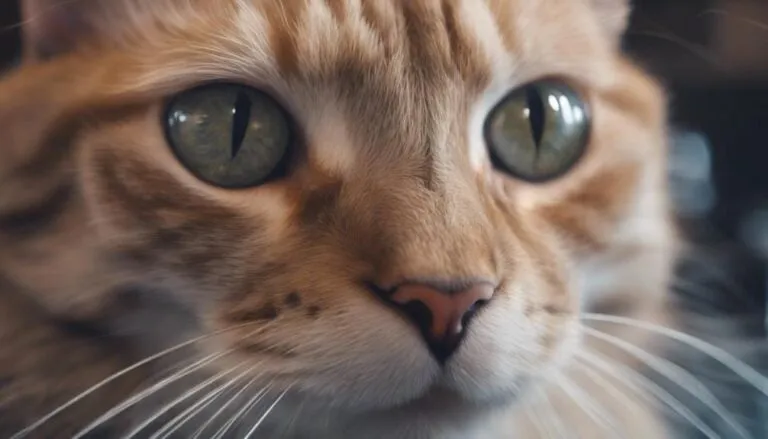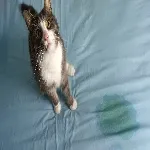The Best Fluffy Pancakes recipe you will fall in love with. Full of tips and tricks to help you make the best pancakes.
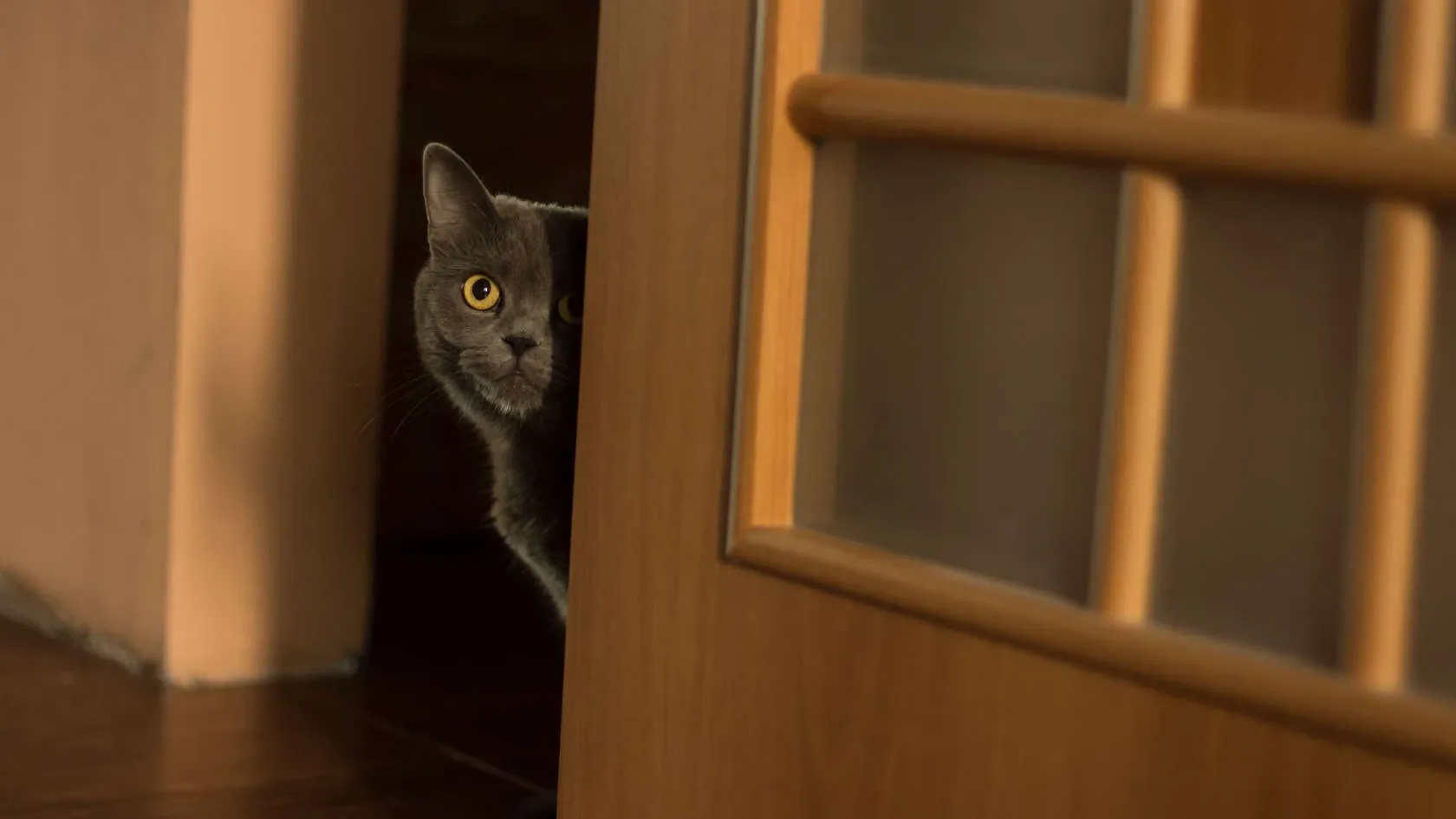
Cats, those enigmatic creatures of independence and curiosity, never cease to surprise us with their clever antics. One particular mystery that has captivated cat owners and researchers alike is their ability to unlock the mystery of doors. Yes, you read that correctly. Cats, with their nimble paws and cunning minds, have managed to unravel the secrets of doors, leaving us in awe of their intelligence.
But how do they do it? What drives them to conquer this human-made obstacle? And what can we do to prevent our feline friends from wandering where they shouldn't be? In this discussion, we will explore the fascinating world of cats and their door-opening abilities, delving into their motivations, the frequency of this behavior, and the intelligence required to accomplish such a feat.
Prepare to be amazed as we unravel the mystery of clever cats and the doors they masterfully unlock.
Key Takeaways
- Cats have the ability to open doors with persistence, especially lever handles.
- Cats possess basic object permanence and understand what's on the other side of the door.
- Opening doors is not a behavior that is extremely common among cats, but it is not considered abnormal.
- Training with positive reinforcement and using deterrents or additional locking mechanisms are effective strategies for dealing with cats opening doors.
Cats' Understanding of Doors and Object Permanence
Cats' understanding of doors and object permanence is a fascinating aspect of their cognitive abilities. Object permanence refers to the ability to understand that objects continue to exist even when out of view. Studies on object permanence have shown that cats possess a basic understanding of this concept. They realize that a toy, for example, still exists even when it's hidden under the couch.
This cognitive ability is not limited to doors; cats can apply it to various situations. Cats' cognitive abilities, including their understanding of object permanence, have been the subject of scientific research. Understanding how cats perceive and interact with doors can provide valuable insights for serving their needs and ensuring their safety.
Cats' Motivation to Open Doors
Understanding the motivations behind cats' inclination to open doors provides valuable insights into their behavior and can help ensure their safety and well-being.
Cats' curiosity and territorial instincts are key factors that drive them to open doors. Cats are naturally curious creatures, and they are often motivated to explore different parts of the house or the world outside. Opening doors allows them to satisfy their curiosity and discover new territories.
Additionally, cats have strong territorial instincts and may open doors to assert their ownership and mark their territory. By understanding these motivations, cat owners can take measures to ensure the safety of their cats, such as providing enriching environments, securing doors, or redirecting their cats' curiosity towards appropriate outlets.
Frequency of Cats Opening Doors
The frequency of cats opening doors varies among individuals and is not considered a common behavior. Unlike dogs, who are often known for their ability to open doors, cats are less likely to engage in this behavior.
While some cats may possess the intelligence and dexterity to open doors, it is not a behavior that can be expected from every feline. For those who want to train their cats to open doors, positive reinforcement techniques can be used to encourage this behavior.
However, for those who wish to prevent cats from opening doors, additional locking mechanisms or deterrents can be employed. It is important to consider the individual preferences and abilities of cats when addressing their door-opening behavior, ensuring both their safety and the convenience of humans.
Cats' Intelligence in Opening Doors
Cats' ability to open doors demonstrates their remarkable problem-solving skills and adaptability. Cats possess problem-solving skills that allow them to figure out how to manipulate various types of door handles and knobs. Lever handles are easier for cats to open, but some cats can even turn round doorknobs.
Training techniques for door-opening cats involve positive reinforcement. Placing a treat or a favorite toy on the handle can motivate the cat to associate the door handle with opening the door. Gradually, the cat will learn to open the door by connecting the handle to the reward. Praise and positive reinforcement should be given when the cat successfully opens the door.
For added convenience, pet-friendly latches or childproof features can be installed to keep doors closed for cats. Understanding cats' problem-solving skills and using appropriate training techniques can help manage their door-opening behaviors effectively.
Solutions and Strategies for Dealing With Cats Opening Doors
To effectively address the issue of cats opening doors, it is essential to implement practical solutions and strategies. Here are some training techniques and door hardware options that can help in dealing with this behavior:
- Training a Cat to Open Doors:
- Positive reinforcement training is the best option for teaching cats to open doors.
- Placing a treat or a favorite toy on the lever handle can motivate the cat to associate it with opening the door.
- Further encouragement can be provided by placing treats or shaking a bag of food on the other side of the door.
- Stopping a Cat from Opening Doors:
- Adding a latch or additional locking mechanism above the doorknob can make it almost impossible for the cat to open the door.
- Using pet-friendly latches like the Door Buddy can keep the door open for cats but closed for dogs and kids.
- Adding childproof features can ensure the door remains closed at all times.
- Using Deterrents:
- Placing deterrents near the door handle, such as double-sided tape or cat-safe deterrent tape, can discourage cats from trying to open the door.
- Locking the door can also serve as a deterrent, but it may not be the most convenient option.
Implementing these strategies can help prevent cats from opening doors and ensure the safety and well-being of both cats and humans.
Conclusion
In conclusion, the fascinating abilities of cats to open doors illustrate their persistence, intelligence, and understanding of objects.
While this behavior may be amusing, it is essential to address it to ensure the safety and harmony of both cats and humans.
By employing training techniques and deterrents, we can effectively manage cats' door-opening behavior.
Understanding and appreciating the complexity of this skill allows us to navigate the mysterious world of feline behavior and create a harmonious living environment for all.

